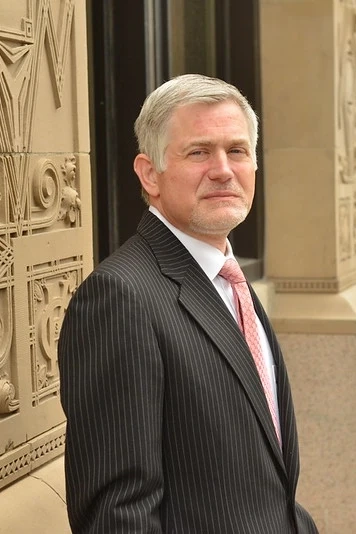Historians say that 116 years ago today the first drunk driving arrest was made in England. A cabbie was charged with driving under the influence after allegedly crashing his electric powered cab into a building in 1897. Since that time, many people have been accused of driving while impaired. Individual states here in the U.S. began passing DWI laws after the turn of the last century as cars gained in popularity.
After prohibition was repealed in the 30s, DWI laws became more prominent, but proof of the crime was generally based solely upon an officer’s observations. That concept continues today in Minnesota DWI cases. Most people accused of a regular DWI offense in Minnesota actually face two counts, one under the chemical test theory based upon evidence of a blood alcohol reading of 0.08 percent or more. The second count is generally under the more common law theory, which is based upon law enforcement’s suspicions of impairment.
Field sobriety tests, admissions during a traffic stop, alleged observations of driving conduct and of the driver during a routine traffic stop (including so-called watery eyes, smells of alcohol or other descriptions from the arresting officer), may all be a part of the prosecution’s case.
In 1936, a professor at a Midwest university developed the idea to use a balloon during a drunk driving stop to capture a breath sample from the driver. He called the idea a “Drunkometer,” according to Health Central. The contents of the balloon were then released into a tube with chemicals, and the speed with which the colors changed inside the tube (from purple to yellow) were supposedly related to how drunk the driver was at the time. It was the science of the time. The Health Central article account indicates that as the color changed, the test would often coerce the driver into confessing to drunk driving.
Have times changed?
Maybe somewhat. Many chemical testing systems exist, with varying levels of scientific acceptance and reliability. But, anyone who has ever driven a car may know that cars break down. Computers burp. People make mistakes. Margins of error are also troubling to DWI defense lawyers.
While lobbyists continue to seek more expansive and punitive DWI laws in every state of the union, criminal defense lawyers seek to uphold constitutional principles that protect our free society. It is not enough in court that a person has merely been accused of a crime. The prosecutor has a heavy burden to prove the offense. And improper procedures, or mistakes in gathering and-or processing evidence defy the concepts of justice.






